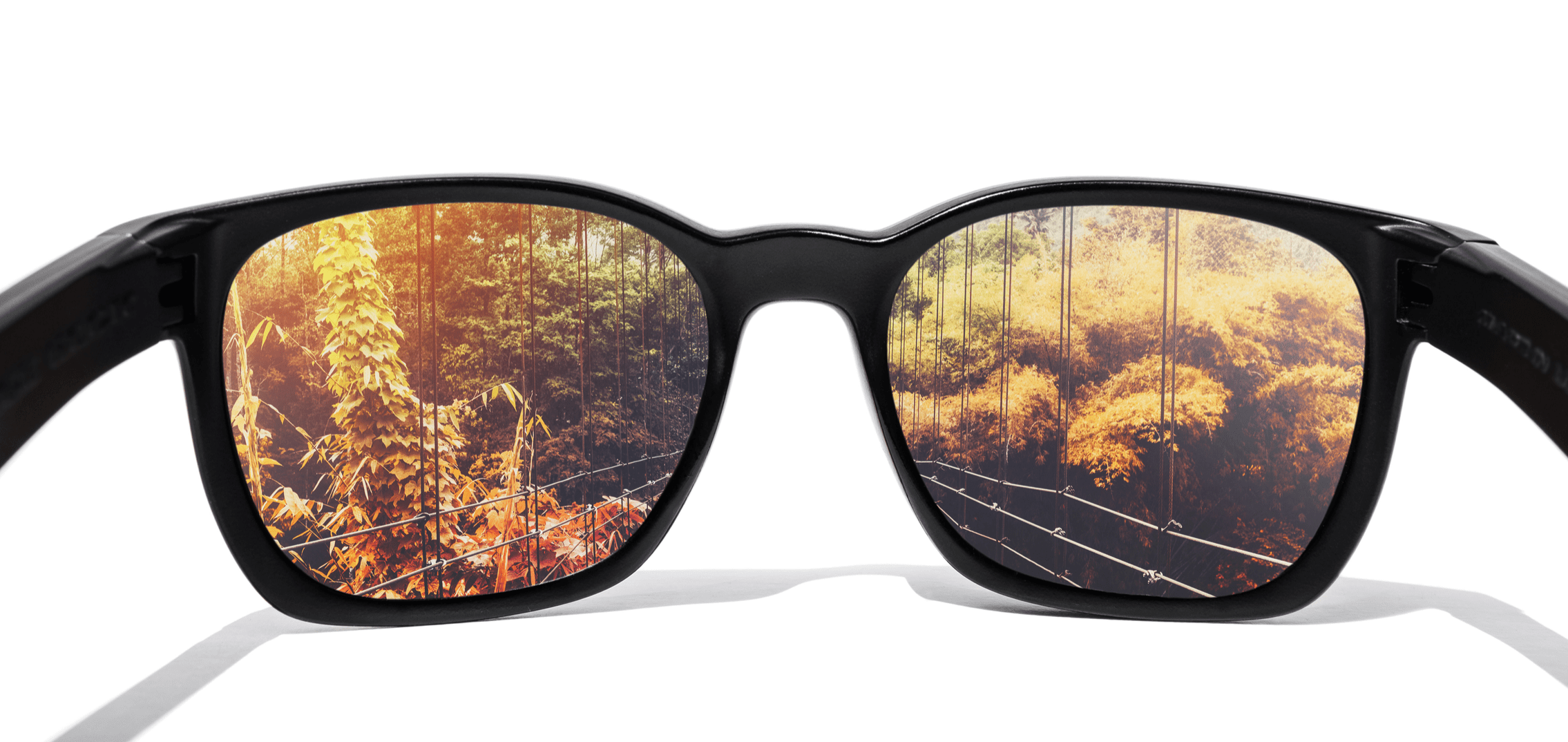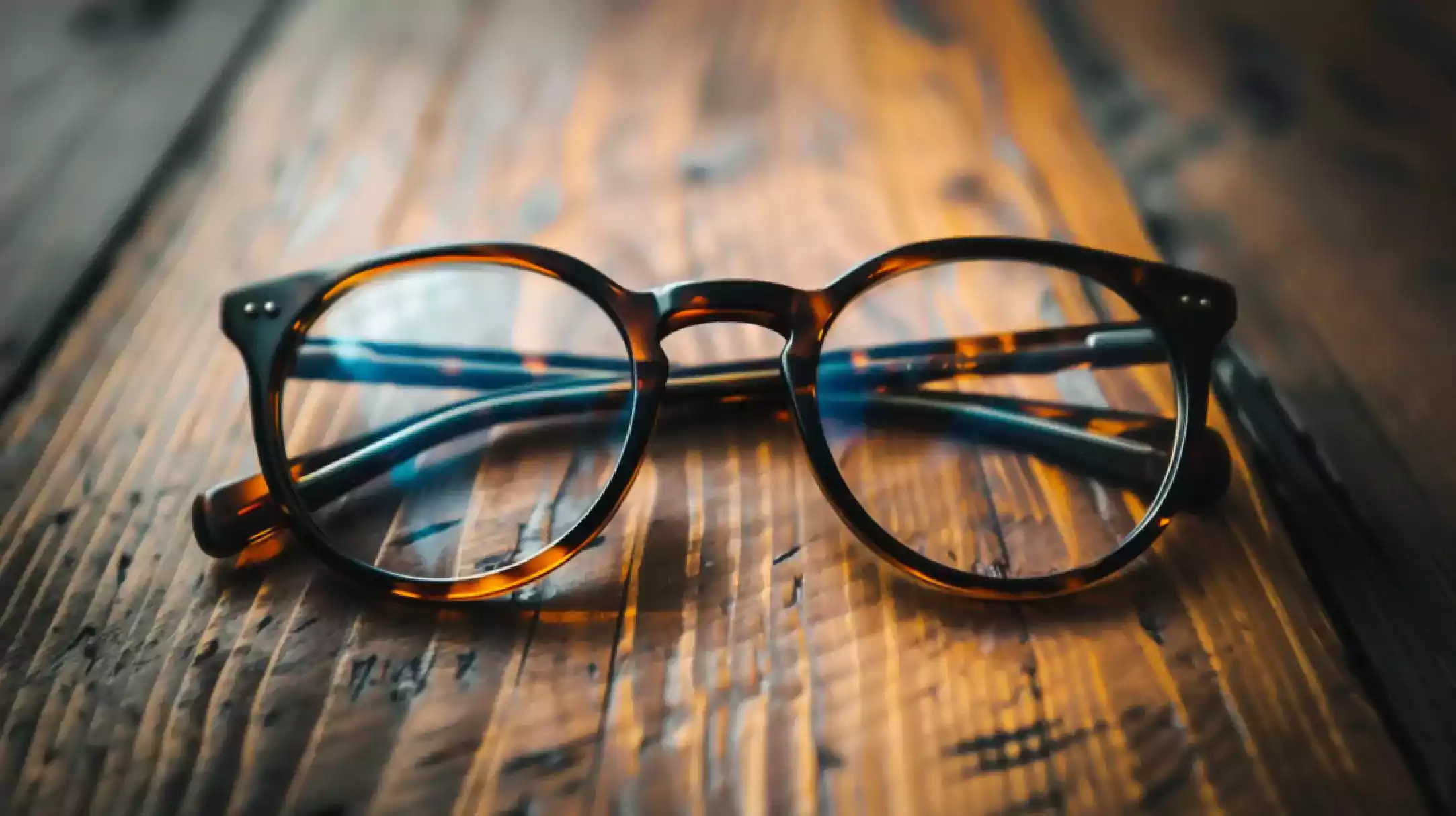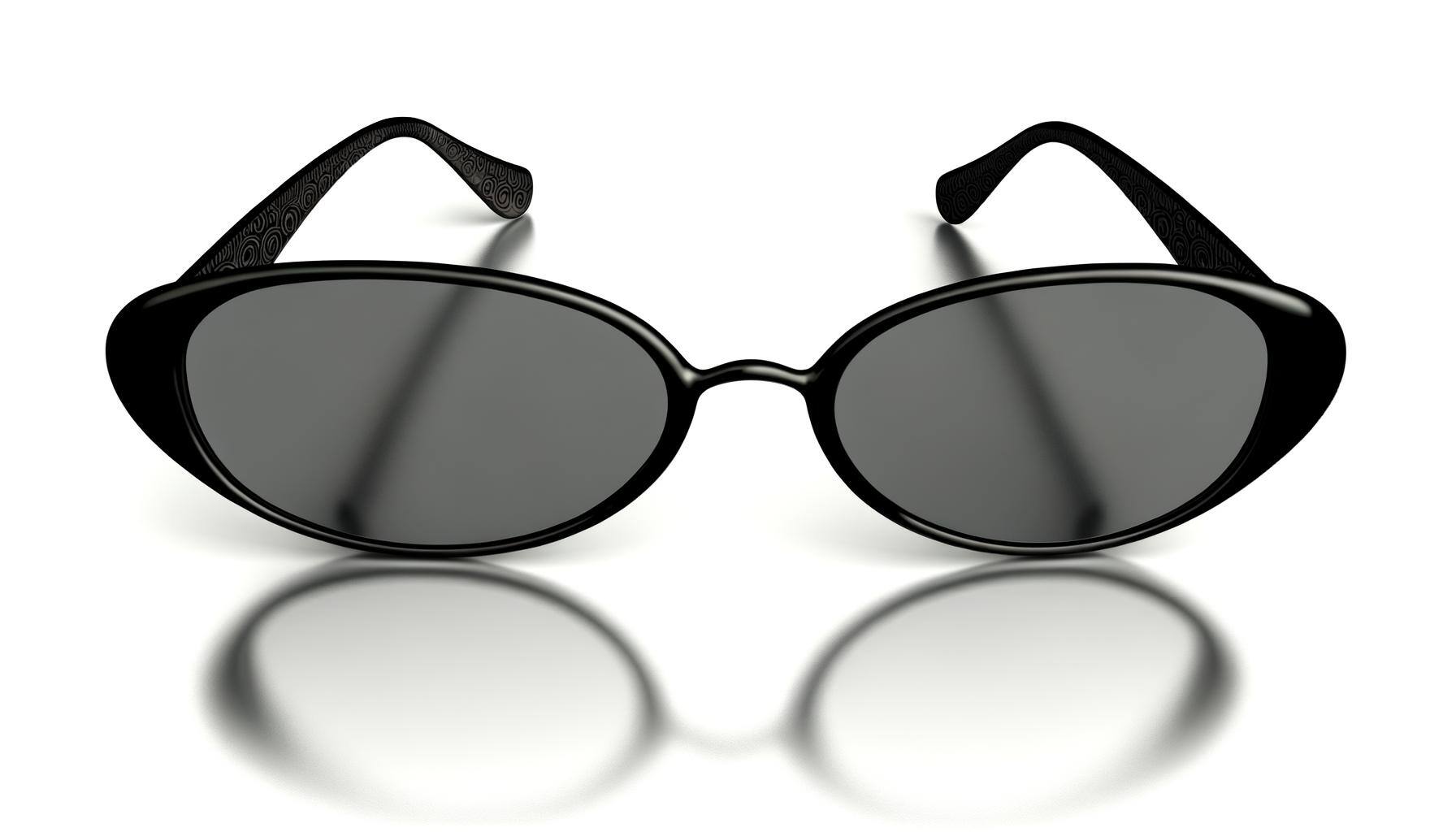How much do you really know about the benefits of polarized sunglasses? As an eyewear distributor, optician, or retailer, understanding the various types and benefits of polarized lenses can help you better serve your customers. This guide will equip you with the knowledge to confidently recommend the best-polarized lenses for different needs.
Overview of Polarized Lens Colors
There are six main different color polarized lenses available, each with its own unique features and applications. Understanding these differences is crucial for knowing exactly what to offer your clients.
Why This Matters to Your Clients (And Your Business)
The knowledge and skill of the distributor, optician, or even the salesperson can ensure that a client can maximize their experience for any lighting conditions. If you’re knowledgeable about what you’re selling or what you could be selling, you’ll be in a position to grow your business.
In this blog, we’ll explain (in detail) the difference between the polarized lens colors and their applications to get you as informed as possible about polarized lenses. We’ll look at polarized lens colors to help you either choose or recommend the best-polarized sunglass lenses for a specific need.
Which Customers?
Whether your customers are professional athletes actively competing or use sunglasses for driving, you need to take into account the varying conditions that can affect their performance and sight. To do this, you need to know everything about Polarized lenses to be as informative and valuable to your clients as possible. Consider the lighting conditions: Mountain bikers and trail runners are likely in and out of trees on a partly cloudy day. Professional fishermen not only wear glasses for protection, but the correct polarized lens selection affords the fisherman visibility into the water to spot potential catches, but what about on a cloudy day?
How do these conditions affect their visibility, and which lenses will be the best for their particular scenario?
Proper lens selection can be critical when making important decisions in these types of situations; even the size of the lens and shape for wind protection. With all of the different lens colors available, how are you (or your clients) supposed to make the most informed decision about which polarized lenses to use?
Benefits of Polarized Lenses
There are two main factors at work with polarized lenses:
- The polarized filters eliminate obstructive and blinding glares of light, providing clear and uncompromised vision.
- The color of the filter reduces light transmission while selectively absorbing colors, which means you still see color. That lets the lenses enhance or soften the effects of particular colors to the wearer, which is often why the sky would look “bluer” or “redder” while wearing your polarized sunglasses.
Polarized sunglasses are not just a fashion accessory—they provide tangible benefits that enhance both performance and comfort in various lighting conditions. Here’s a detailed look at what makes polarized sunglasses a must-have:
- Reduces Distractions: Glare from reflective surfaces can be distracting and even dangerous in certain situations, such as driving or skiing. Polarized lenses cut through this glare, allowing the wearer to focus more effectively on their task.
- Better Contrast and Depth Perception: By selectively filtering light, polarized lenses improve contrast and depth perception, allowing wearers to better judge distances and see details more clearly. This is especially beneficial for athletes in sports where precision is key, such as baseball or golf.
- Prevents Eye Fatigue: Constant squinting to avoid glare can lead to eye strain and fatigue. Polarized lenses help to relax the eyes by reducing the need to squint, leading to a more comfortable viewing experience over extended periods.
- Enhanced Safety: Whether you're driving on a bright sunny day or skiing on a snow-covered mountain, polarized lenses enhance safety by providing clearer vision. This reduces the likelihood of accidents caused by impaired vision due to glare.
Why is this useful?
Take baseball as an example: by selectively filtering particular “waves” of light, the human eye can distinguish with more accuracy the perceived outlines and sharpened edges of, say, a baseball, which is useful when it happens to be moving at 90 miles per hour.
Aren’t Polarized lenses all the same?
The color differentiation is what makes all the difference. Different colored polarized lenses cater for different lighting conditions and situations where edge variations and contrast are important to the wearer, like ball sports or driving on the freeway.
If your clients take the time to make a proper color selection for their application (with your excellent advice), it will provide them with optimum vision and comfort in any bright environment. So, particular care must be taken when selecting a lens color, as certain lens colors might be detrimental to the wearer in some cases.
Lens colors can alter the wearer’s view of their environment, and it is important to demonstrate how by providing different options and samples. This is where a thorough understanding of various lens tints and colors will enable you to make the best recommendations for each case.
1. Brown Lenses

Ugly Fish: Brown Polarized Wrap Sunglasses
Brown is one of the most common color tints used with Plano sunglasses, and you will see them in all the eyewear dispensaries selling polarized sunglasses. Brown lenses are best used in bright sunshine days or lightly cloudy weather conditions, and provide excellent acuity in partially cloudy weather due to the lenses’ ability to increase the overall contrast.
Polarized brown lenses are designed to block blue wavelengths of light from approximately 400 to 500 nm.
By blocking these specific wavelengths, the blues, and blue-violet, brown lenses provide wearers with high-contrast and color enhancement, maximizing detail from green wavelengths. This applies in particular against blue and green backgrounds, such as sky and water, making these lenses ideal for active hikers or anyone looking for a comfortable all-purpose lens.
Recommendations?
Brown polarized lenses are recommended for running, baseball, cycling, water sports, or casual wear. Many fishermen prefer this color lens to help spot fish swimming in shallower waters, but it isn’t as effective for deep sea fishing where the water tends to be much darker.
2. Gray Lenses

Gray is another common polarized lens tint used with sunglasses, and it is an all-around neutral lens. Gray lenses are best for bright, sunny days from early morning until sunset. These lenses aren’t really the best-suited choice for overcast days with minimal sunlight; the deep density and darkness of the lenses can be too dark for the wearer and reduce overall visibility in these specific situations.
Gray colored lenses filter all wavelengths of visual light evenly across the color spectrum. Through reducing the light intensity, gray lenses will keep the colors true for the wearer, and enhance depth perception and reduce eye fatigue in bright light conditions.
Recommendations?
Grey polarized lenses are recommended for baseball, skiing, cycling, running, deep-sea fishing, beach sports, and sailing. They are highly recommended for those spending a lot of time on or near the water and are an excellent choice for clients looking for only one pair of sunglasses.
3. Gray-Green Lenses

Guideline Fly Fish: Experience Sunglasses
Gray-green colored lenses are the go-to choice for many pilots as they allow clear visibility of electronic gyros and instruments used to navigate an airplane, which isn’t possible with some other polarized lenses.
The combination of the deep green lens with the deeper density of gray offers superior protection in bright sunshine environments. These colors allow for increased contrast from the lower wavelengths and protection from the colors to which the human eye is most sensitive.
Recommendations?
With excellent enhancement capabilities of the gray-green lens, these polarized lenses are recommended for pilots and almost any sport or simply as a casual lens color.
4. Orange and Yellow Lenses

The density/darkness of a polarized lens is directly related to its polarizing efficiency, i.e., the lighter the lens, the less it polarizes. This might seem like an obvious conclusion to draw. Still, you have to consider the trade-off between the advantages of polarized lenses and the effects of the lens’ colors when thinking about lens colors such as orange, rose, yellow, and light green. Some light-colored polarized lenses polarize as little as 20 percent.
- Orange lenses: This lens color offers high contrast for intermittent light conditions and improved depth perception in overcast conditions. A light transmission of 70 percent plus provides enough protection in most cases except for very bright sunshine. Orange lenses block blue wavelengths of light which have the tendency to make objects appear hazy. These lenses are recommended for sports shooters i.e. skeet shooting and for skiers in low-light conditions, especially early mornings and evenings.
- Yellow lenses: These lenses are often called “blue-blockers,” and greatly increase the contrast and depth of vision. Yellow lens tints can filter out “hazy” light that is hard on the eyes that can make the environment appear brighter. These tints are typically favored above orange lenses.
- Rose lenses: This color sharpens focus and contrast in various light conditions. Rose-colored lenses are particularly useful for patients who suffer from migraines. Research has found that a specific rose tint (FL-41) can block out the light that triggers migraines. This is another favorite color among skiers, mountain bikers, trail runners and baseball players in varying light conditions. These lenses are excellent for activities where detail is important.
5. High-Alpine Gray Lenses

Glacier Optics: PIERREDAR BLACK
This color lens is quite niche; an especially dark gray lens for the use in high altitude environments. Standard tinted lenses increase visibility around the ice, which is especially useful for mountain climbers and skiers where extremely high levels of UV radiation are prevalent. It must be noted that according to ANSI Z80.3 standards these lenses are deemed unacceptable for driving in the USA, and thus special consideration should be used when recommending these lenses Stateside.
6. Photochromic & Variable Density Polarized Options

Sunglasses for Sport: Bloc Titan (Photocromic)
Photochromic lenses are optical lenses that darken on exposure to specific types of light of sufficient intensity, most commonly ultraviolet (UV) radiation.They are an excellent choice for those looking for a single set of sunglasses.
The two versions available today are:
- Varying of polarizing efficiency by UV exposure (photochromic)
- A fixed gradient of polarization from the top of lens to the bottom (variable density)
In the first instance: these lenses offer the advantage of a polarized sun tint while remaining virtually clear while inside, outside, or even after dark. A great example would be anyone who frequently goes to football, cricket, or baseball matches that start in the daytime and finish at night. If they had varying polarizing glasses, they would only have to take one pair of glasses to a game. As the sun sets and the day turns to dusk and into the night, the lenses adapt to the varying light and turn from a polarized sun tint back into a clear lens without having to change glasses.
In the second instance - variable density lenses are a polarized gradient lens that has a deep tint at the top and gradually lightens toward the bottom of the lenses. These lenses provide the advantages of a polarized lens as well as the aesthetic appeal some fashion fundies might desire from their sunglasses. Photochromic polarized lenses are available from speciality sunglass manufacturers only and are available in both prescription and nonprescription lenses.
How Can Polarized Sunglasses Benefit Your Business?
Polarized sunglasses offer numerous benefits that go beyond simple UV protection. Here are some of the key polarized sunglasses benefits for your business:
- Enhanced visual clarity and reduced glare for your customers, leading to higher customer satisfaction.
- Increased sales potential by offering a premium product that is highly sought after by outdoor enthusiasts, athletes, and drivers.
- Potential to upsell polarized lenses to customers looking for superior eye protection and comfort.
- Establishing your brand as a knowledgeable and trustworthy source for quality eyewear products.
Polarized sunglasses are more expensive than your average pair of Plano sunglasses, and given the advantages stated above, it’s clear why. Maybe you’re looking to expand your current range of eyewear, or have a sales target you’d like to crush this month. Perhaps you’re thinking of manufacturing your own range of eyewear. Whichever it may be, knowing the functionality and benefits of polarized sunglasses you could be offering your clients are the best starting point.
You don’t need to reinvent the wheel
There are several options available for you to grow your business using the benefits of polarized sunglasses to your advantage. So where should you go to find the best-priced sunglasses and best quality? China.
You could be sourcing or even manufacturing top-quality polarized sunglasses from China and guaranteeing quality at the same time. Here are four resources to answer all your questions and guide you along the way:
- How to Import Quality Sunglasses From China
- How Eyewear Quality Inspection Can Put Your Brand Ahead of the Game
- Undeniable Proof That Eyewear Quality Standards Are Still Important
- Is Manufacturing Eyewear in China Still Cost-Efficient?
Sunglasses are an important piece of equipment for every client or potential client out there. The best recommendations come directly from doctors, dispensing opticians, and distributors, and it’s up to you to recommend the right sunglasses to the end-users, including Plano options for contact lens wearers. The right pair of sunglasses is an essential piece of equipment for anyone, not just competitive athletes. There are sun lenses available for nearly any application: from very specific needs to recreation. With excellent product knowledge and an understanding of your client’s needs and expectations for their sunglasses, you can confidently recommend and supply the polarized lenses your customers require.
Do you stock or supply polarized sunglasses? Do you have any experiences with supplying polarized lenses that you can share with our readers? Please feel free to leave a comment below







.jpg)



